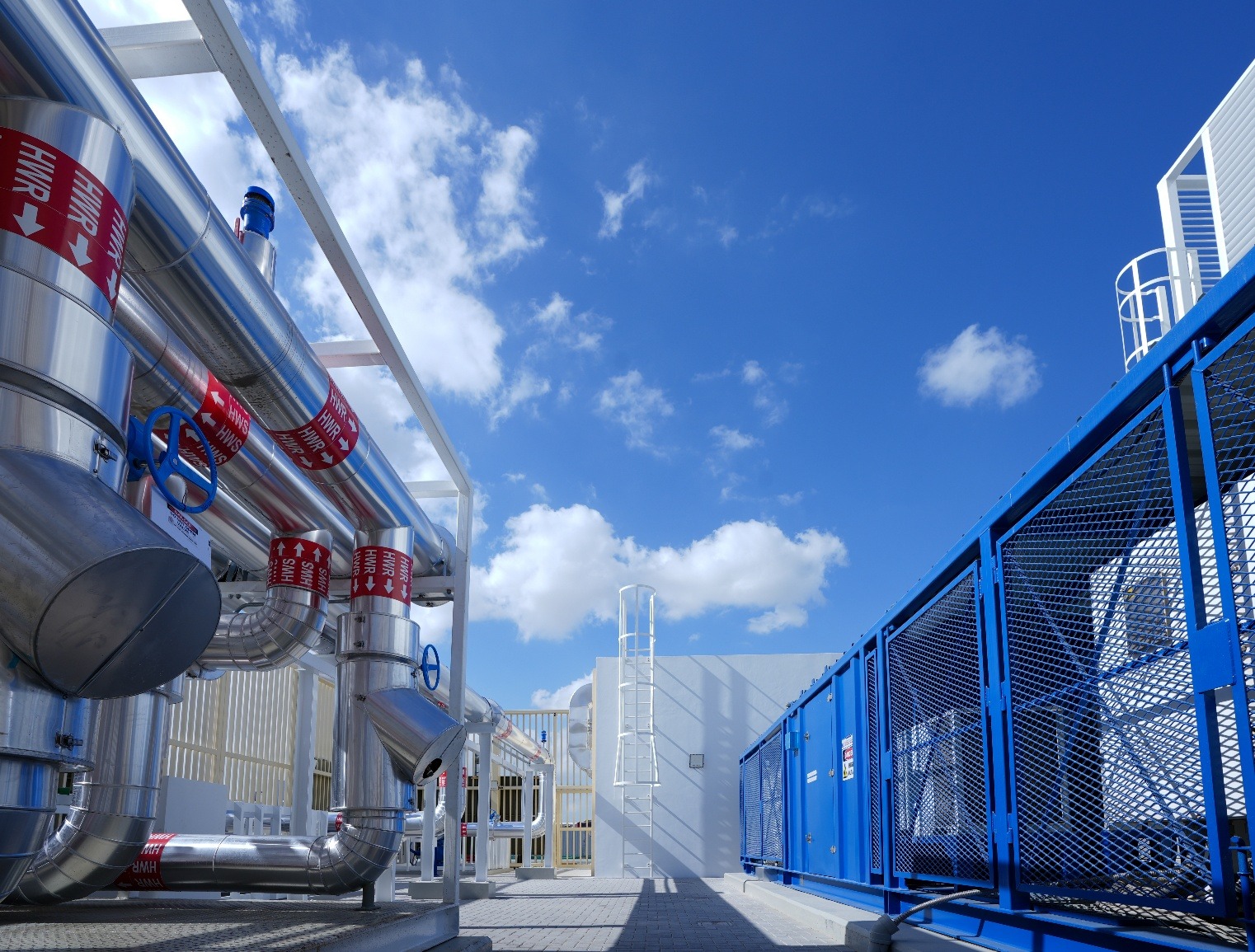Pioneering Renewable Energy Projects Shaping the Middle East's Future
Key Ideas
- UAE's Barakah Nuclear Power Plant is leading the way in providing carbon-free electricity, showcasing the potential of nuclear energy in the region.
- Saudi Arabia's Sudair Solar PV Plant is a monumental project driving the country's shift towards sustainable energy sources and reducing reliance on oil.
- Egypt's wind farms along the Red Sea are playing a crucial role in generating clean energy and contributing significantly to the country's renewable energy goals.
- Oman's Hydrom project is spearheading the development of green hydrogen, positioning the country as a key player in the clean fuel market globally.
Countries in the Middle East have been making significant strides in reshaping their energy landscape towards sustainability. The UAE's Barakah Nuclear Power Plant in Abu Dhabi has become a historic milestone, supplying carbon-free electricity and demonstrating the reliability of nuclear power. Saudi Arabia's Sudair Solar PV Plant is a standout project in harnessing solar power from the desert, aligning with the country's Vision 2030 plan and promoting long-term economic growth. Egypt's focus on wind energy, particularly through wind farms along the Red Sea coast, is aiding in the generation of clean energy and supporting the country's goal of sourcing 42% of its energy from renewables by 2030. Oman's investment in green hydrogen through the Hydrom project signifies a forward-looking approach to sustainable energy, with the potential to become a significant clean fuel exporter. Additionally, the UAE's geothermal energy project in Masdar City is pioneering renewable cooling solutions, contributing to the country's efforts towards net-zero emissions by 2050. The Middle East is establishing itself as a global leader in renewable energy, showcasing a diverse portfolio of projects encompassing nuclear, solar, wind, and hydrogen power, underlining the profound impact of these initiatives on the region's energy future.
